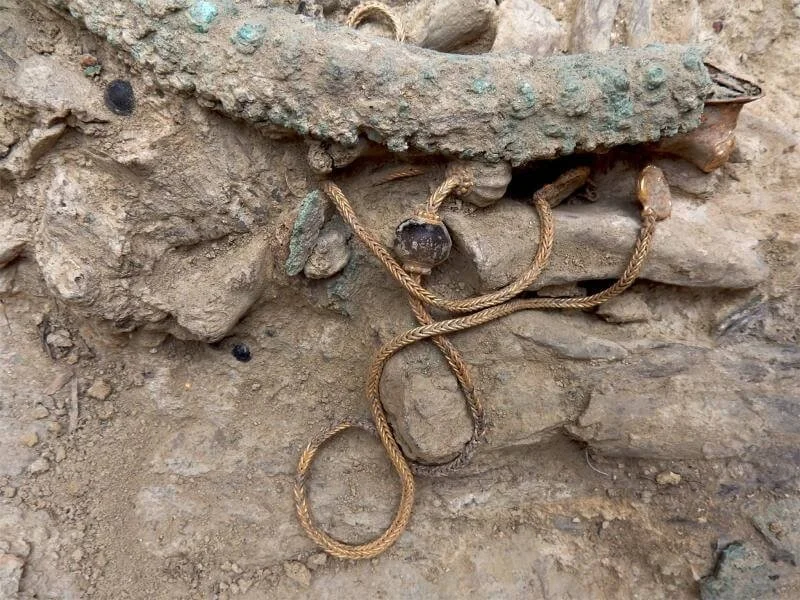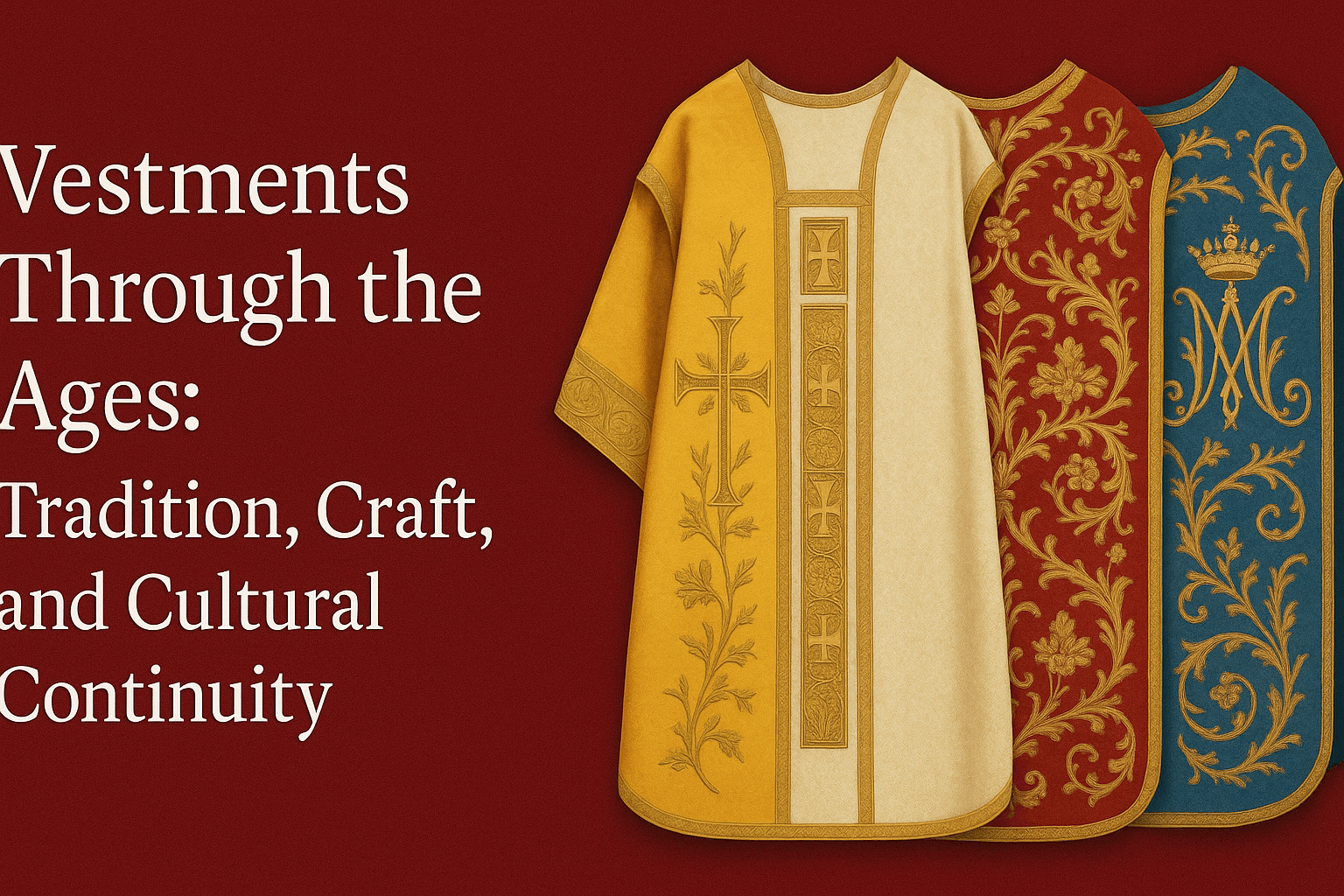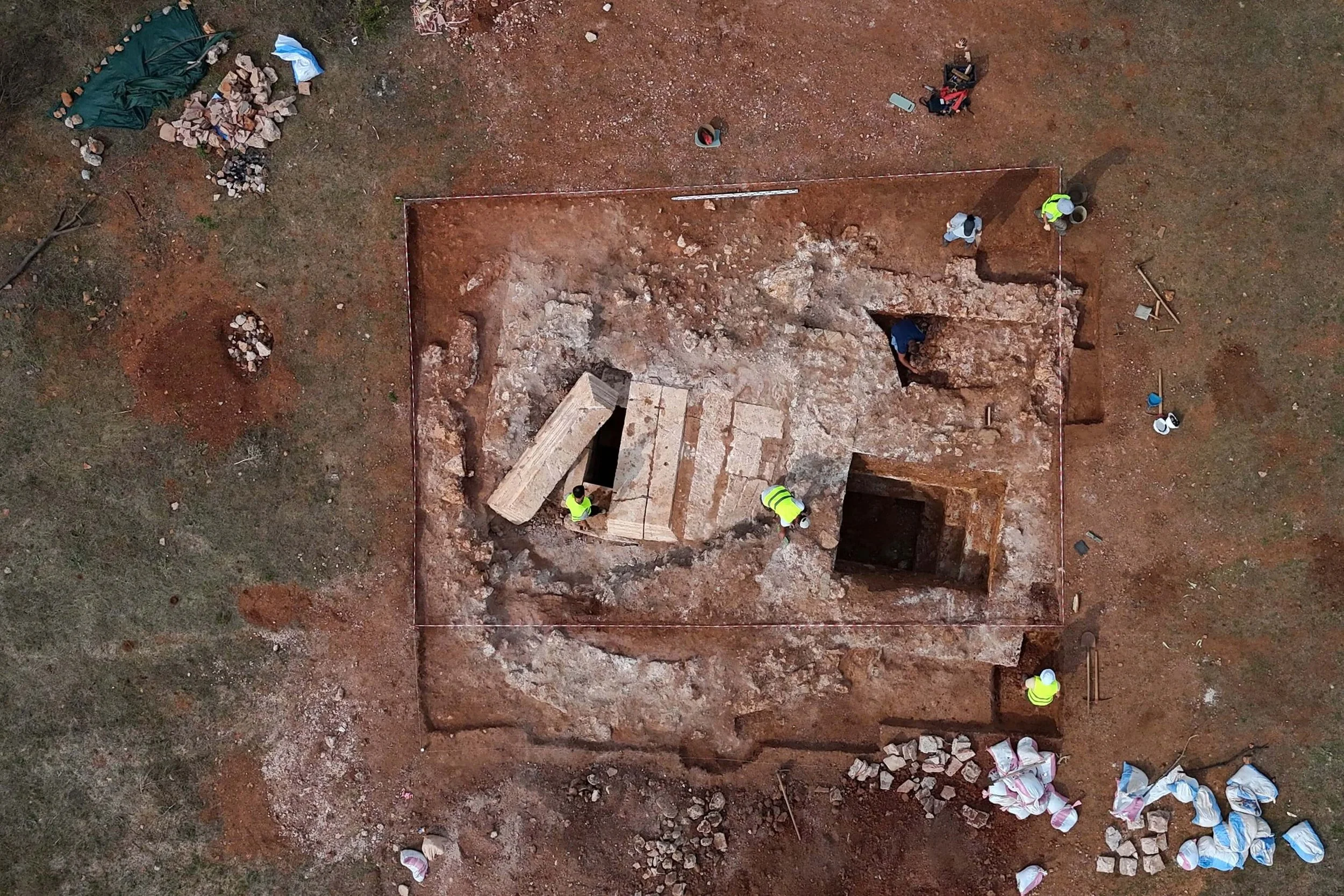In the historical tapestry of Asia Minor, the city of Antioch has long held a place of significance, not just for its storied past under the Seleucid Empire but also for its enigmatic monuments. Among these is a colossal human bust, carved into the very bedrock of the region, whose origins and representation have puzzled historians and archaeologists alike.
The City and Its Founders
Seleucus, one of Alexander the Great's most effective generals, gave the Seleucids' city Antioch its name. This city, intricately woven into the fabric of Hellenistic history, became a testament to the grandeur of Seleucid architectural and cultural endeavors. The Seleucids, particularly noted for their attempts to amalgamate Greek and Persian cultures, left behind a legacy rich in art and architecture.
The Enigmatic Bust
The bust in question, dating back to the 3rd century BC, represents a monumental artistic endeavor from the Hellenistic period. Intriguingly, it features a head veil, a detail that adds to its mystery. A peculiar aspect of this sculpture is the presence of a smaller bust on its right shoulder, holding a basket of lilies. This element is reminiscent of the processions in honor of Demeter, the Greek goddess of harvest and fertility, suggesting a religious or mythological significance.
Speculations and Theories
Initially, some scholars proposed that the bust could represent a member of the Seleucid dynasty, a logical assumption given the city's founders. However, the lack of inscriptions and the poor preservation state of the sculpture make definitive identification challenging. Natural disasters and the relentless march of time have left the world in a state that obscures more than it reveals.
The reign of King Antiochus IV, also known as Mithridates and nicknamed "Epiphanes," marks a period of significant cultural and religious development in the Hellenistic world. His devotion to Greek civilization and the pantheon of Greek gods is well documented, with numerous sanctuaries and religious structures commissioned during his rule. It was under his reign that this colossal bust was believed to have been carved.
The Oracle's Command and Charoneus
The Byzantine chronicler Ioannis Malalas, a native of Antioch, provides a fascinating insight into the possible origins of the bust. According to him, the sculpture, known as Charoneus, was created in response to a devastating plague. A seer named Leo purportedly advised the inhabitants to carve this giant mask at the foot of Mount Silpio as a divine guardian against the epidemic. The name Charoneus, drawing from the deity Charos—the ferryman of Hades in Greek mythology—suggests a deeper, perhaps more somber, intent behind the sculpture: to appease the deity and halt the spread of the plague.
The giant bust of Antioch, with its elusive origins and ambiguous representation, continues to captivate and mystify. Its possible connections to the Seleucid dynasty, the religious undertones suggested by the lilies, and the desperate hopes of a people battling an epidemic all converge to paint a picture of a civilization at a crossroads. The true identity and purpose of this colossal figure may remain shrouded in mystery, yet it stands as a poignant reminder of the rich cultural and historical tapestry of Antioch and the Hellenistic world at large.
This sculpture not only embodies the artistic and religious sentiments of its time but also symbolizes the enduring quest for understanding and interpreting our past. As we delve deeper into the secrets of ancient civilizations, each discovery and theory brings us closer to comprehending the complexities of human history and the timeless narratives that continue to shape our world.









